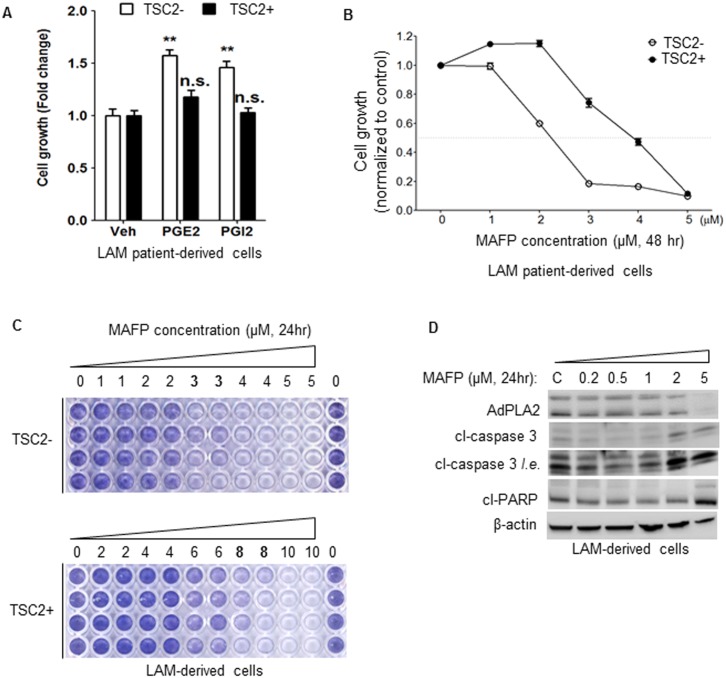Figure 5. Inhibition of AdPLA2 selectively suppresses the growth of LAM patient-derived cells.
(A) TSC2-deficient (TSC2−) and TSCS2-addback (TSC2+) LAM patient-derived cells were treated with 100 nM PGE2, 100 nM PGI2, or vehicle control for 72 hr. Cell proliferation was measured using MTT assay. Results are representative of the average of twelve sets of independent samples per group. (B) TSC2-deficient (TSC2−) and TSC2-addback (TSC2+) LAM patient-derived cells were treated with PLA2 inhibitor methyl arachidonyl fluorophosphonate (MAFP) for 48 hr. Cell growth was measured using MTT assay. Results are average of twelve sets of independent samples per group. (C) TSC2-deficient (TSC2−) and TSCS2-addback (TSC2+) LAM patient-derived cells were treated with PLA2 inhibitor MAFP for 24 hr. Cell proliferation was measured using crystal violet staining. Results are representative of three sets of independent experiments. (D) LAM patient-derived TSC2-deficient (TSC2−) cells were treated with MAFP at various concentrations for 24 hr. Levels of AdPLA2, cleaved-caspase 3 and cleaved-PARP was assessed by immunoblotting analysis. Results are representative of three different experiments. **P<0.01, Student’s t-test.

